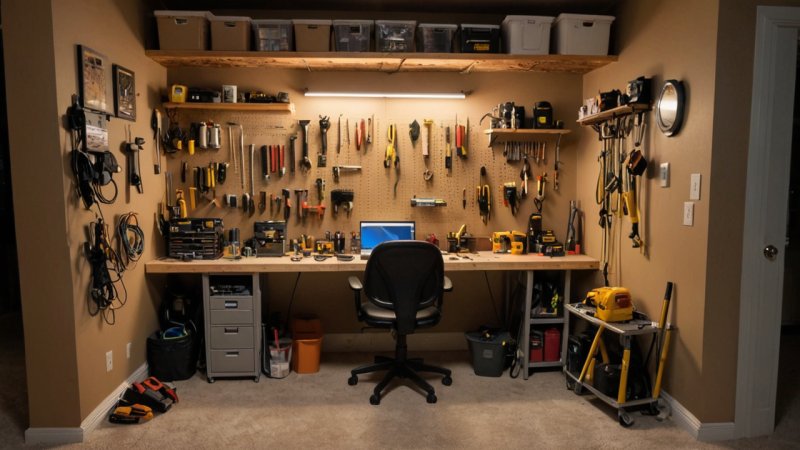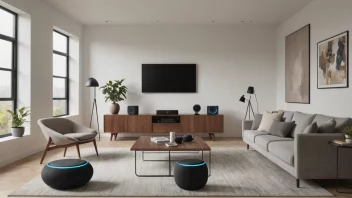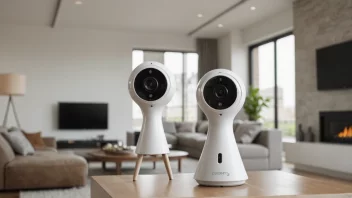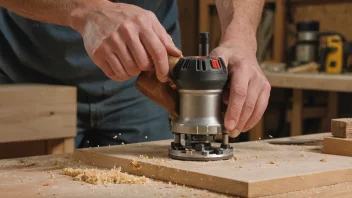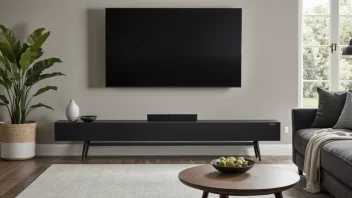Introduction
Creating an efficient workspace for your DIY projects is essential for maximizing productivity and ensuring safety. Whether you're a seasoned craftsman or just starting out, having a well-organized area can make all the difference in your project outcomes. Below, we address some common questions about setting up your ideal DIY workspace.
What should I consider when choosing a location for my workspace?
When selecting a location for your DIY workspace, consider the following factors:
- Space: Ensure there's enough room for your tools, materials, and yourself to work comfortably.
- Lighting: Good lighting is crucial. Natural light is ideal, but supplemental LED lighting can help brighten darker areas.
- Ventilation: Proper airflow is necessary, especially if you’re using materials that emit fumes or dust.
- Access to Power: Ensure there are sufficient outlets for your tools and equipment.
How can I organize my tools effectively?
Effective organization can save you time and hassle. Here are some tips:
- Tool Storage: Use pegboards, tool chests, or wall-mounted racks to keep tools visible and easily accessible.
- Labeling: Label containers and shelves to quickly find what you need.
- Grouping: Organize tools by type or project to streamline your workflow.
What are some essential tools and equipment for a DIY workspace?
Your essential toolkit may vary based on your projects, but consider including:
- Hand Tools: Hammers, screwdrivers, pliers, and wrenches.
- Power Tools: Drills, saws, and sanders can make tasks easier and more efficient.
- Measuring Tools: Tape measures, levels, and squares are crucial for precision.
- Safety Gear: Don’t forget goggles, gloves, and masks to protect yourself while working.
How can I ensure safety in my DIY workspace?
Safety should always be a priority. Here are some key tips:
- Keep it Clean: Regularly clean your workspace to prevent accidents and distractions.
- Use Proper Gear: Always wear appropriate safety gear based on the tools and materials you are using.
- Maintain Tools: Regularly inspect and maintain your tools to ensure they are in good working order.
- Read Instructions: Follow the manufacturer's instructions for tools and materials to avoid misuse.
What are some tips for improving productivity in my workspace?
To boost your productivity while working on DIY projects, consider the following:
- Set Clear Goals: Define what you want to achieve in each session to stay focused.
- Minimize Distractions: Keep your workspace free of clutter and distractions to maintain concentration.
- Time Management: Use techniques like the Pomodoro Technique to manage your time effectively.
Can I use technology to enhance my DIY workspace?
Absolutely! Here are a few ways technology can enhance your workspace:
- Smart Lighting: Use smart bulbs or strips that can be controlled remotely for better illumination.
- Apps: Utilize DIY project management apps to keep track of your tasks and materials.
- Online Tutorials: Access video tutorials and guides for new techniques or projects.
Conclusion
Creating an efficient workspace for your DIY projects is a blend of organization, safety, and productivity. By considering the location, organizing your tools, ensuring safety, and leveraging technology, you can enhance your DIY experience and outcomes. Happy crafting!
